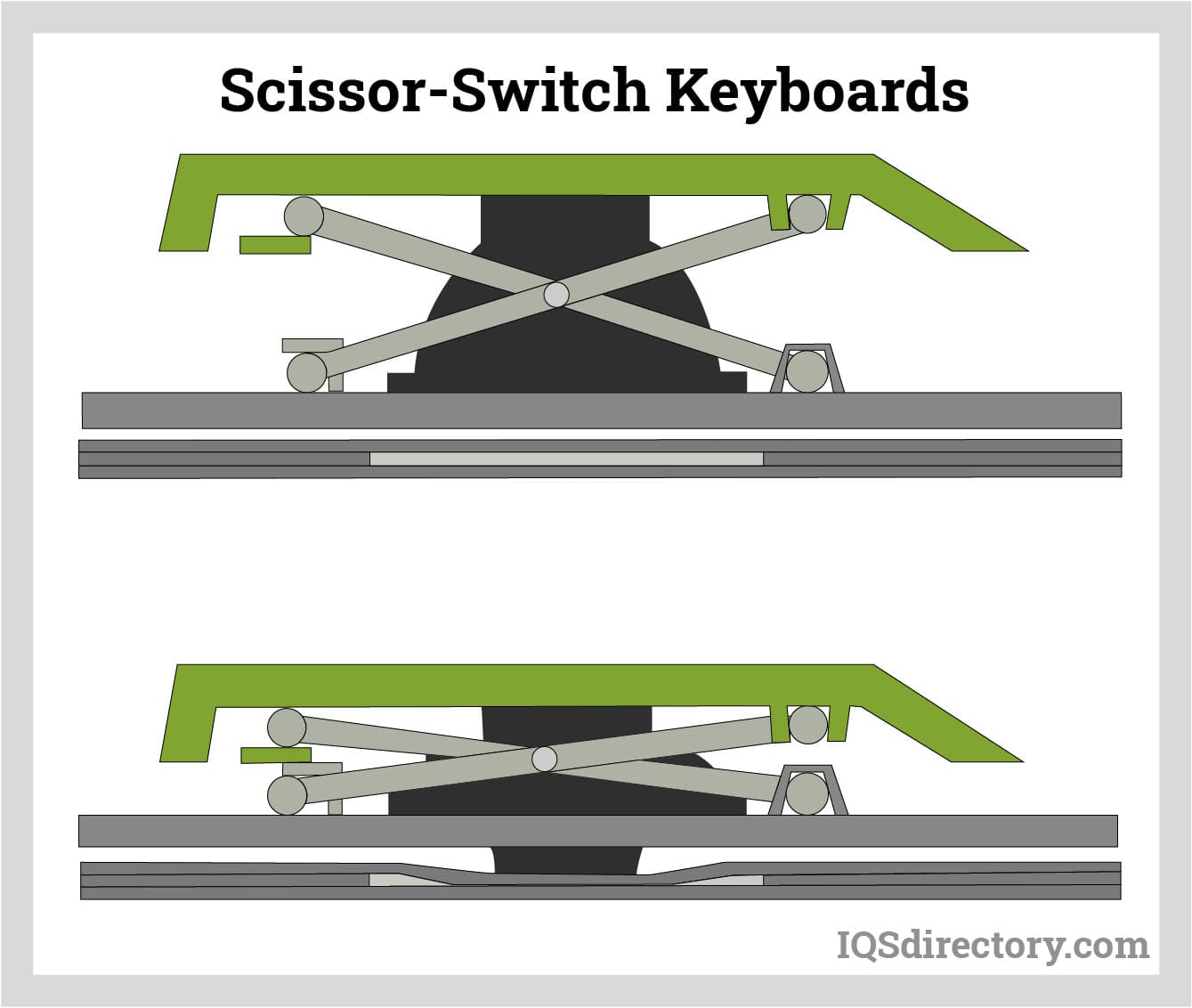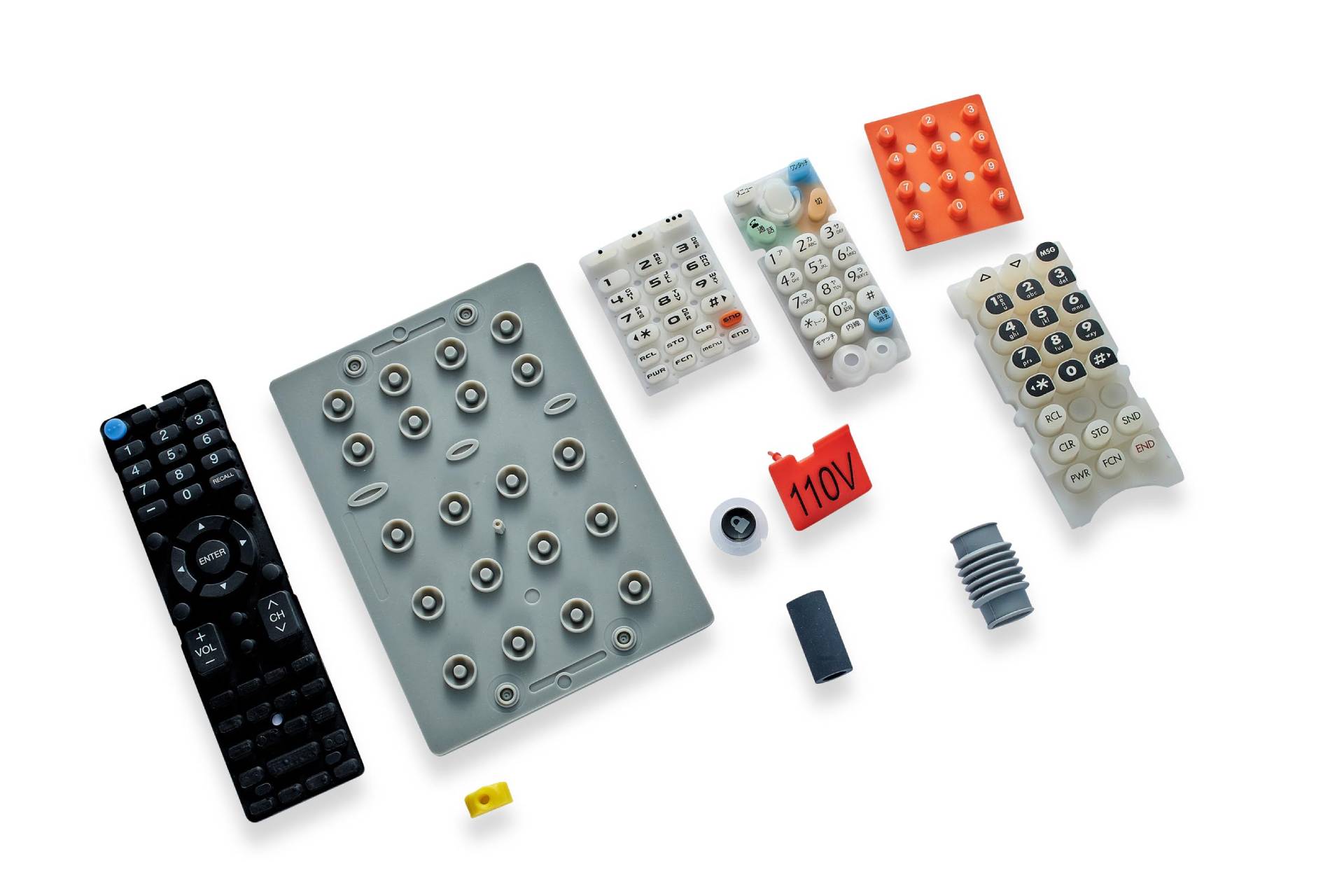The Manufacturing Process Behind Membrane Change: What You Need to Know
The production procedure behind membrane layer changes combines careful design, product choice, and top quality control. It starts with understanding the intricacies of membrane switch layout and advances with different stages, consisting of material choices and printing techniques. Each phase plays an essential duty in ensuring capability and longevity. However, the complexities of layer construction and the strenuous testing requirements might reveal insights that are not immediately evident. What exists beyond these fundamental aspects?
Comprehending Membrane Change Style
Although membrane layer buttons might appear basic in the beginning glance, their style entails elaborate factors to consider that ensure performance and resilience. The style process starts with a complete understanding of customer demands, including the interface's desired application and environmental variables. Ergonomics is a crucial element, as the design should help with convenience of use while ensuring that tactile feedback meets customer expectations.Moreover, the layering of parts, such as visuals overlays, sticky layers, and conductive traces, have to be specifically crafted. membrane switch. This layered setup not only affects the switch's responsiveness however likewise affects its longevity. Focus is provided to the securing techniques utilized to secure against dampness and dirt, which might jeopardize performance. Additionally, layout considerations reach aesthetic appeals, where color design and visual clarity boost customer experience. Eventually, the layout of membrane changes equilibriums functionality, customer experience, and sturdiness, ensuring that they fulfill the needs of various applications successfully
Products Made Use Of in Membrane Layer Switch Over Manufacturing
When selecting products for membrane button production, it is essential to consider both efficiency and sturdiness. The primary products consist of polyester and polycarbonate movies, which offer versatility and strength. These movies are often coated with sticky to ensure appropriate bonding to substrates. Conductive inks, usually composed of silver or carbon, are vital for creating electric links within the switch, permitting reputable operation.Additionally, a protective layer, such as a hard layer, is frequently related to improve scrape resistance and durability. The selection of backing product, such as acrylic or foam, can considerably affect the switch's tactile feeling and total individual experience. Various ecological factors, including temperature and humidity, must direct product selection to guarantee peak efficiency in certain applications. Inevitably, the best combination of products adds to the membrane layer switch's functionality and life-span, making notified options crucial for makers.
The Printing Refine: Creating Graphics and Text
The printing process in membrane layer switch production plays a considerable duty in producing high-quality graphics and text. Numerous graphic layout strategies are employed to guarantee aesthetic appeal and capability, while cautious ink choice approaches are important for toughness and efficiency. Understanding these components is essential for achieving finest cause membrane button design.
Graphic Layout Techniques
Graphic design strategies play a necessary role in the printing process of membrane buttons, as they specify exactly how graphics and message will ultimately appear on the end product. Efficient visuals style entails the strategic use typefaces, colors, and formats to boost readability and aesthetic charm. Developers commonly use vector graphics for scalability, making sure that images stay sharp at various sizes. Additionally, interest to comparison and positioning is essential, as it affects customer communication and aesthetic high quality. The incorporation of branding components, such as logos, need to be managed with treatment to maintain brand name integrity. On the whole, thoughtful visuals style strategies contribute substantially to the capability and appearance of membrane buttons, impacting customer experience and product efficiency.
Ink Option Methods
Selecting the proper ink is important for accomplishing the desired aesthetic top quality and sturdiness in membrane layer button production. Various ink kinds are utilized, consisting of solvent-based, water-based, and UV-curable inks. Each kind supplies distinct qualities, such as bond, flexibility, and resistance to ecological factors. Solvent-based inks are typically favored for their sturdiness and dynamic shades, while water-based inks are more eco-friendly but may have limitations in attachment. UV-curable inks offer fast healing and robust performance. In addition, color matching methods ensure that the chosen inks align with style requirements. Ultimately, the option of ink should consider variables such as application method, substrate compatibility, and end-use requirements to accomplish exceptional cause membrane layer button graphics and message.
Layer Construction and Assembly

Material Choice Process
A mindful selection of products is crucial in the production process of membrane buttons, as it straight affects performance and toughness. The key products made use of consist of polyester, polycarbonate, and various conductive inks. Polyester is typically favored for its superb resistance to chemicals and abrasion, making it ideal for harsh settings. Polycarbonate, on the various other hand, offers exceptional quality and influence resistance, which is helpful for applications calling for visibility and toughness. Conductive inks, usually composed of silver or carbon, are essential for producing trusted electric pathways. In addition, the option of glue products impacts the general integrity of the switch - membrane switch. Examining aspects such as ecological direct exposure, responsive responses, and aesthetic demands overviews manufacturers in choosing the ideal materials for their particular applications
Layer Attachment Techniques
Adhering layers in membrane switch building is a crucial procedure that guarantees functionality and long life. Numerous adhesion strategies are utilized to protect ideal bonding in between layers, which usually consist of making use of adhesives, warm, and stress. Pressure-sensitive adhesives (PSAs) are Find Out More commonly used for their simplicity of application and instant bonding capacities. Additionally, thermal bonding methods can be used, where warmth is made use of to turn on sticky buildings, securing a solid bond. The selection of adhesion method greatly relies on the products included and the specific application requirements of the membrane switch. Appropriate positioning and uniform application of adhesives are necessary to prevent problems, protecting the button operates effectively throughout its desired life-span.
Quality Control Measures
Assuring quality assurance throughout the layer building and assembly of membrane switches is important for keeping performance and dependability. This process commonly involves several vital actions, consisting of detailed examinations at each phase of manufacturing. Suppliers utilize innovative screening methods, such as peel tests and attachment analyses, to confirm the stability of layer bonds. In addition, visual inspections are performed to recognize any problems in printing or product incongruities. Environmental conditions, such as temperature level and moisture, are carefully monitored to guarantee ideal treating and bond. Additionally, normal calibration of devices aids preserve precise production requirements. By implementing these high quality control procedures, suppliers can greatly decrease the danger of product failing, assuring that the last membrane switches meet the needed specs and customer assumptions.
Evaluating and High Quality Control Steps

Innovations in Membrane Switch Over Technology
As improvements in technology remain to evolve, membrane buttons are taking advantage of innovative developments that boost their functionality and user experience. One remarkable development is the integration of capacitive touch innovation, which enables for even more instinctive and responsive interface. This change not only enhances aesthetics however likewise lowers mechanical wear and tear, expanding the life expectancy of the switches.Additionally, innovations in graphic overlay materials have actually caused boosted toughness and resistance to environmental aspects such as moisture and UV light. These products now supply improved clarity and brightness, further elevating the aesthetic appeal.Furthermore, the unification of smart innovation is transforming membrane switches over into interactive control panels, enabling connectivity with IoT tools. This connectivity fosters a smooth customer experience, paving the way for applications visit their website in different sectors, from health care to customer electronic devices. Collectively, these technologies position membrane layer switches over as important components in modern device style.
Often Asked Questions
For how long Does the Membrane Change Production Refine Take?
The duration of the membrane switch production process can differ significantly. Elements such as intricacy, materials utilized, and production quantity impact timelines, with normal manufacturing ranging from a few days to numerous weeks for conclusion.
What Are the Common Applications for Membrane Layer Switches?
Membrane buttons are generally made use of in numerous sectors, including automobile controls, household home appliances, medical tools, and consumer electronics (membrane switch). Their convenience and toughness make them optimal for applications requiring straightforward interfaces and dependable performance in varied environments
Can Membrane Layer Switches Be Customized for Specific Demands?

What Is the Life expectancy of a Common Membrane Layer Switch?
The lifespan of a typical membrane layer button differs, however normally, it varies from 1 to 5 million cycles. Aspects such as use, environment, and material quality greatly affect toughness and total performance with time.

Are Membrane Switches Ecologically Pleasant?
The ecological friendliness of membrane layer switches differs. Some products utilized might not be recyclable, while others can be green. The overall influence relies on making products and methods, demanding careful consideration throughout selection and disposal. The production process behind membrane layer switches combines mindful style, product option, and top quality control. It starts with understanding the ins and outs of membrane layer button design and proceeds through numerous stages, consisting of material selections and printing methods. When choosing products for membrane switch manufacturing, it is necessary to consider both efficiency and durability. A mindful option of products is essential in the her response manufacturing process of membrane switches, as it straight influences functionality and longevity. The selection of attachment technique mainly depends on the materials included and the certain application demands of the membrane button.